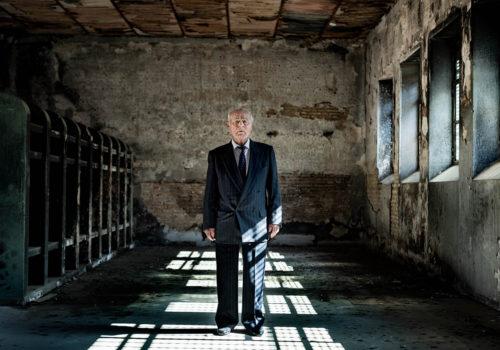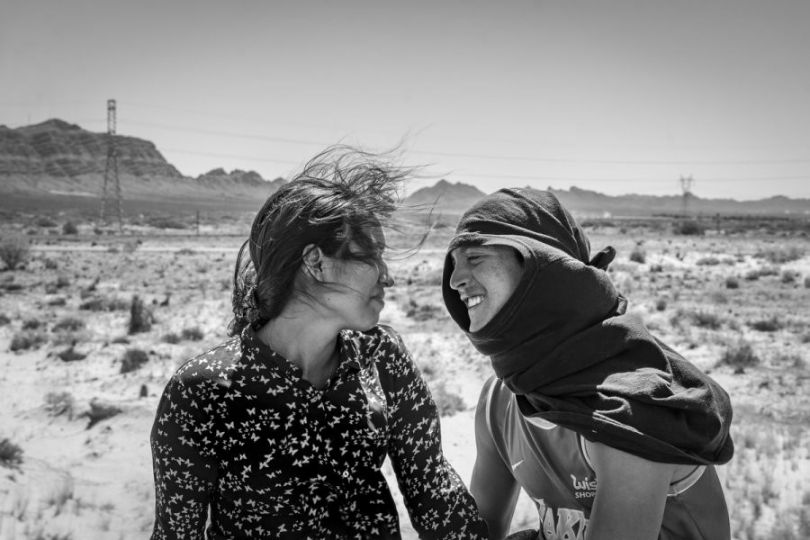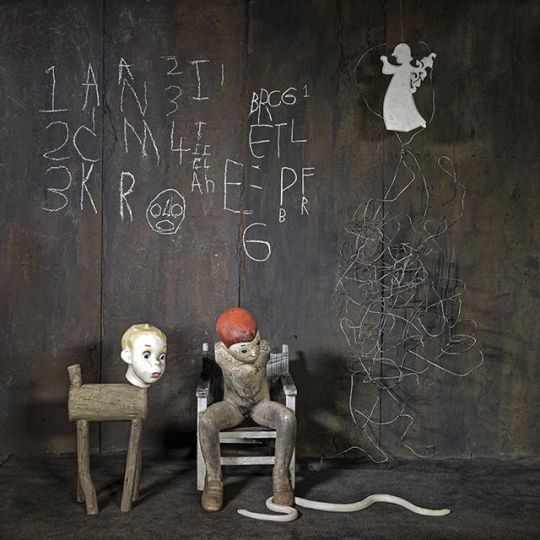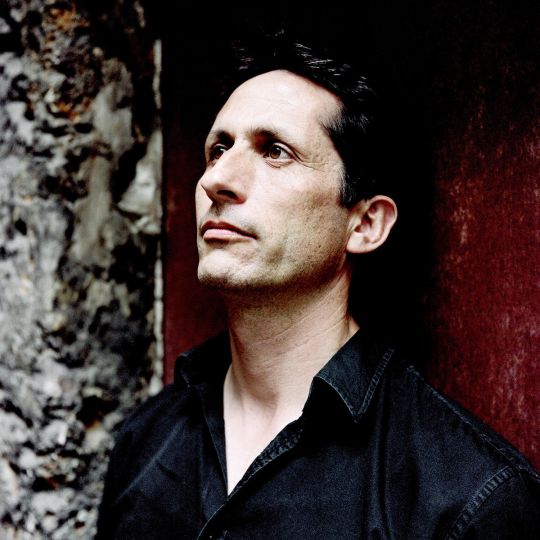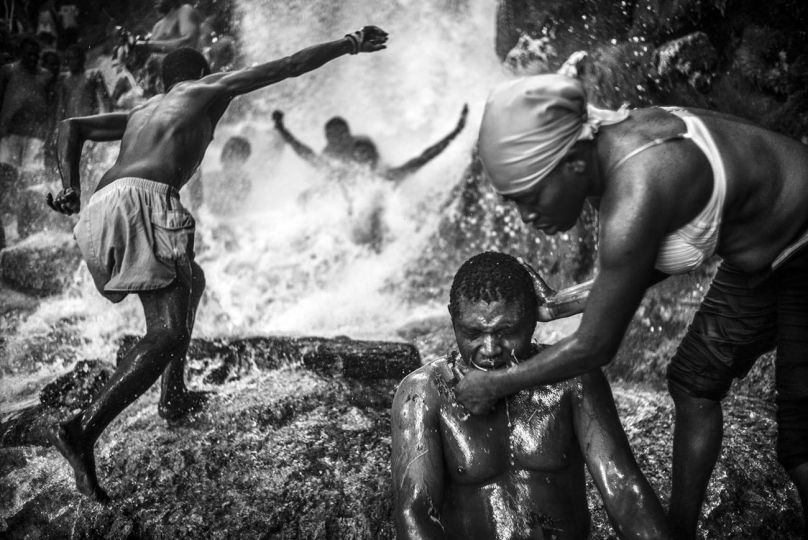Where oblivion may not dwell, by María Clauss
Winner of the 26th edition of the Luis Valtueña International Humanitarian Photography Award of Médicos del Mundo.
Memory is an exercise of reconstruction of the past in the present moment, photography is a “medium” to recover it. Each portrait of a repressed person is kept as a treasure in the hands of their families, each place that has power in itself for what has been lived, and each face of the pain of the son/daughter/sister/brother for having lost him/her unite to recover it. This project carried out during 2021 and early 2022 in the province of Huelva, aims to make visible the spaces of repression, the repressed, and their direct relatives, sharing the same visual space.
There was hardly any resistance in large part of Huelva after the uprising and, in those towns where it did exist, it was quickly annulled (August 1936). With 126 graves located or identified to date, Huelva is the second Andalusian province in such sinister ranking -only behind Seville-, a second place it also holds -after Granada- in the number of victims (10,199). And the mining town of Nerva has in its cemetery the largest rural grave in Spain, it is estimated that the remains of up to 800 people could be found.
It is time for Truth, Justice, and Reparation; it is time that oblivion does not dwell. This documentary project is part of the exhibition “Donde no habite el olvido”, organized by the Commissioner of Democratic Memory of the Diputación de Huelva.

